This is an attempt (from a lay-person perspective) to show the photos of some of the more "commonly" found terns which can be seen in Peninsular Malaysia in their non-breeding or wintering colors. During such time, different hues of colors/patterns on their body, wings, head etc can be seen in contrast to their breeding or summer plumages. Just like waders these differences might make an interesting subject to some birders while to others it can be a burden especially to beginners and amateurs like myself. So, hopefully the photos depicted here can be used as a general reference or guide of some kind to those in need. The terns which will be featured are the "Common Tern", "Whiskered Tern", "White-Winged Tern" and "Little Tern". All the four terns are said to be common migrants/winter visitors to this region with just a handful of them establishing some small non-breeding colonies.
I will start with the "Common Tern" (Sterna longipennis) here.
I love this photo as it shows the elegant movement of its wings which also described the flight of this tern.
From the above photos you can see that it has a long, thin and pointed bill which is slightly decurved. Its tail is white with black outer edges on its sixth (p6) rectrices. The longer p6 rectrices are said to provide more stability and control during flight. Its leg is reddish brown and its forehead is white. Body colors looks snowy white while its wings are long and pointed. Rump looks like pale grey/white while upper-part is greyish.
At times you may also come across this tern "floating" in the sea.
It will rest on anything which floats in the sea including sandals which can be seen from the above photo. You can also clearly see its dark carpal bars.
Sometimes they do also rest on other structures.
Looks at its red legs !
Common Terns are reported to dive for fish (plunge diving) unlike Whiskered and White-Winged Terns which pick up food from the surface of the water.
And their success rate i must say were very good.
They would swallow the entire fish in flight and it was certainly an amazing feat considering that they have done it while the fish was still wiggling in flight. I have also noticed that they do take a drink from the sea.
You can also see how agile they are during flight as depicted by their many maneuvers and styles.
At times they do approach you quite close.
 |
| Look at its sharp beaks |
A close up photo
Look how well its legs were tug inside.
I really enjoyed photographing this tern which was also described as "Sea-Swallow" by some books. IUCN status "Least Concern" but their population was reported be in declined.
That's all folks !! Thank you for going thru "my" photos!
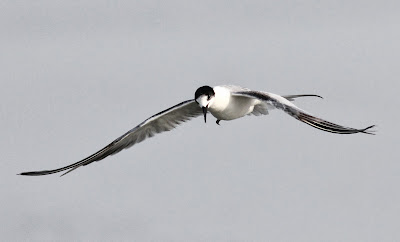








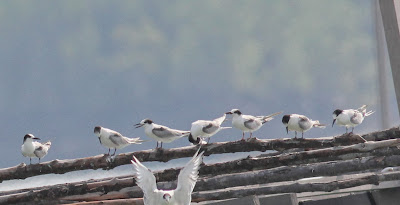




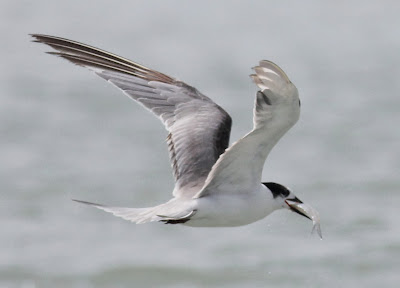

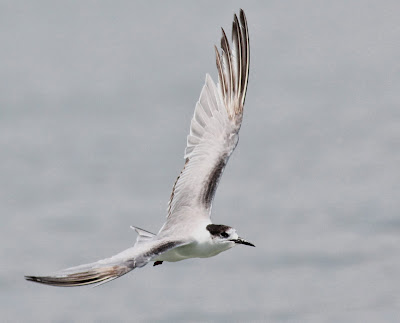

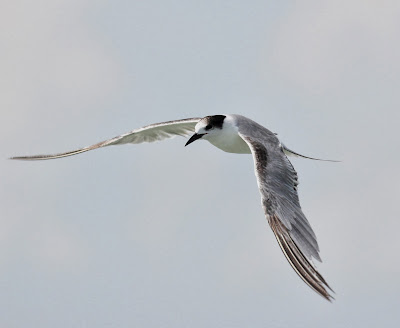








No comments:
Post a Comment